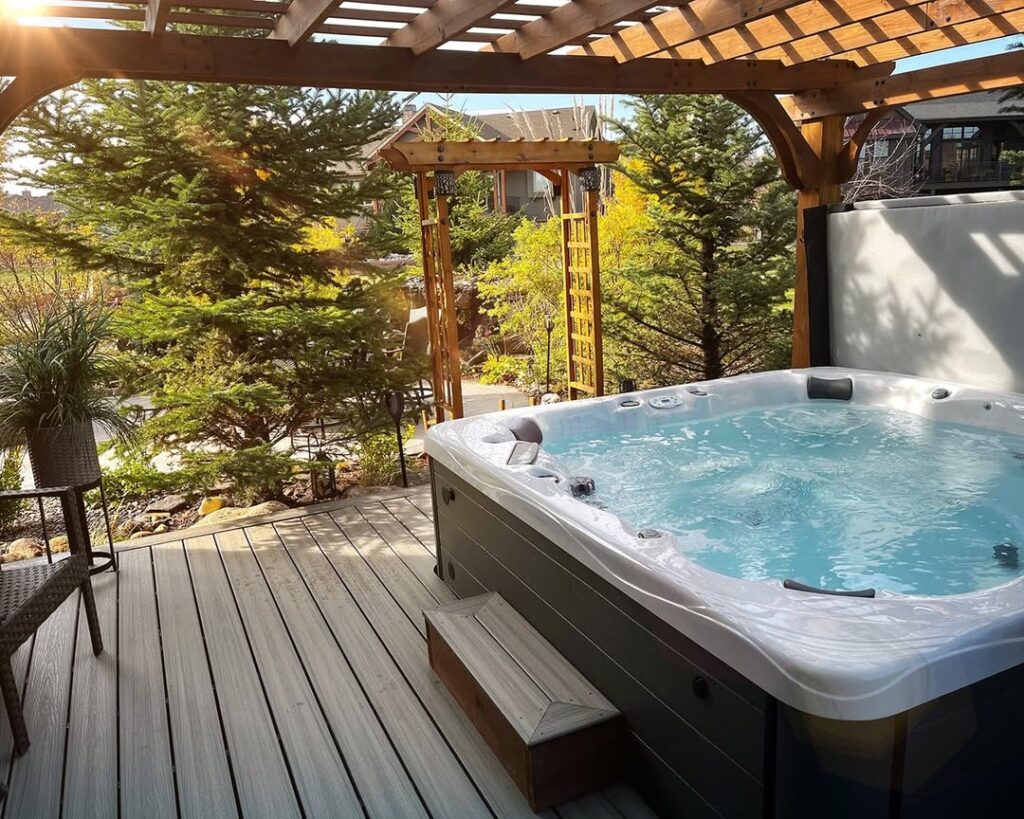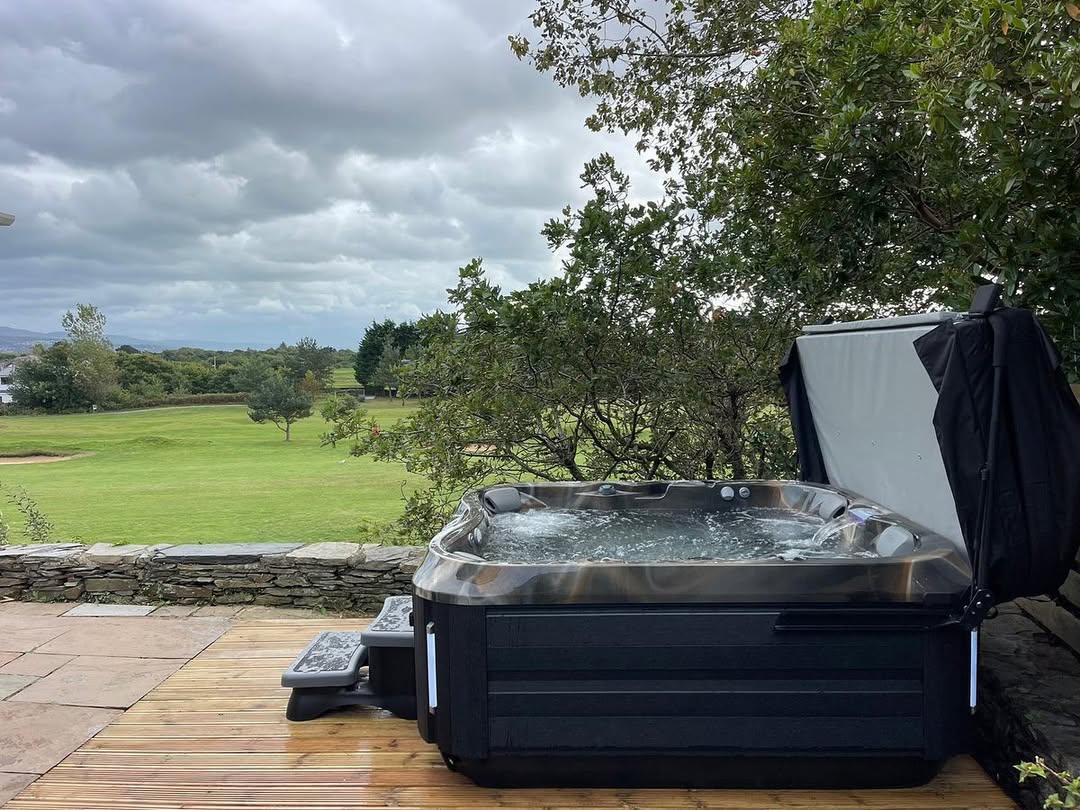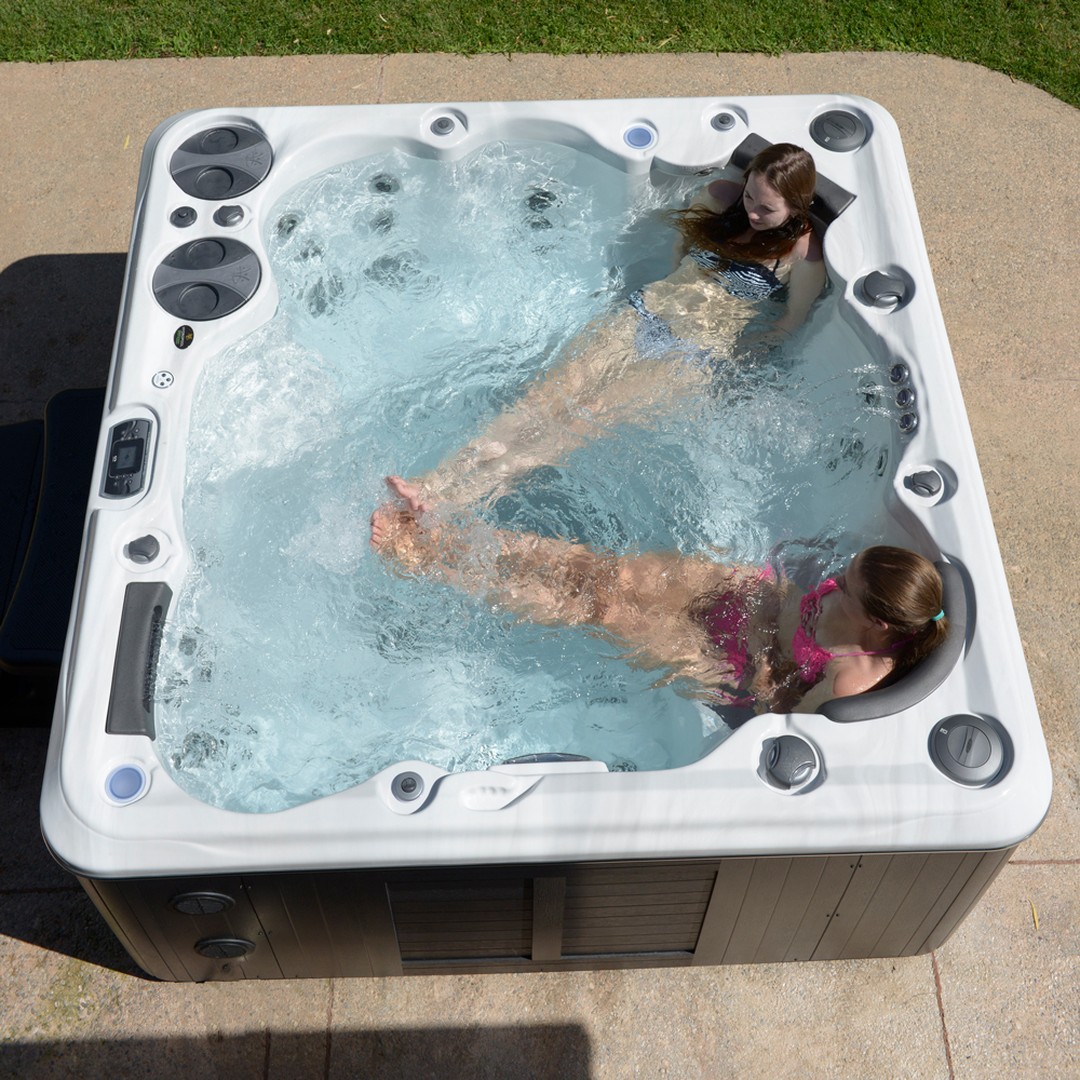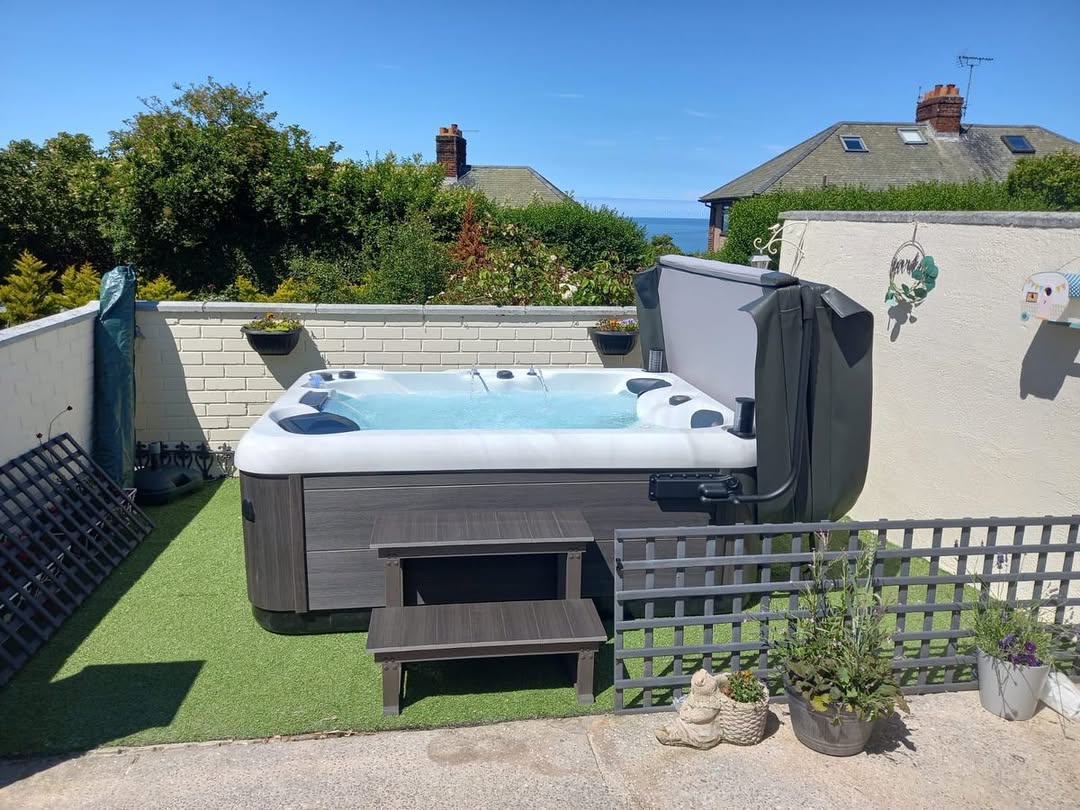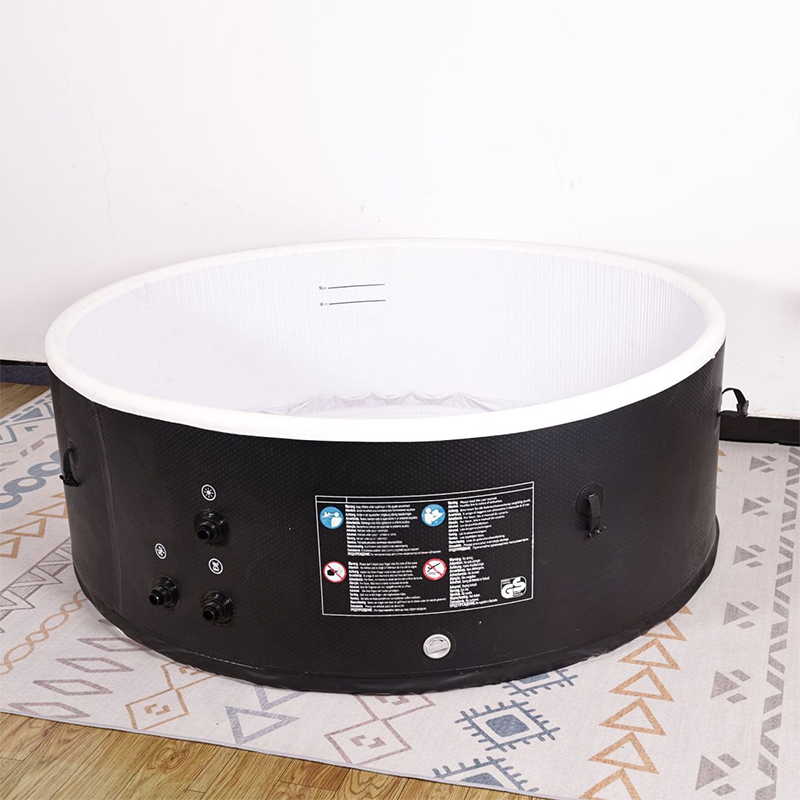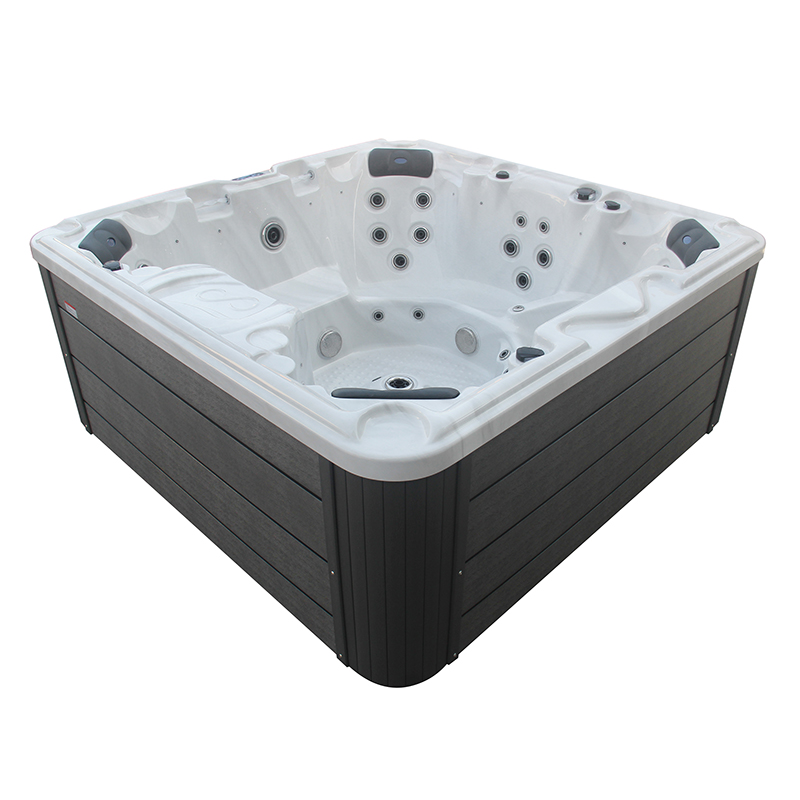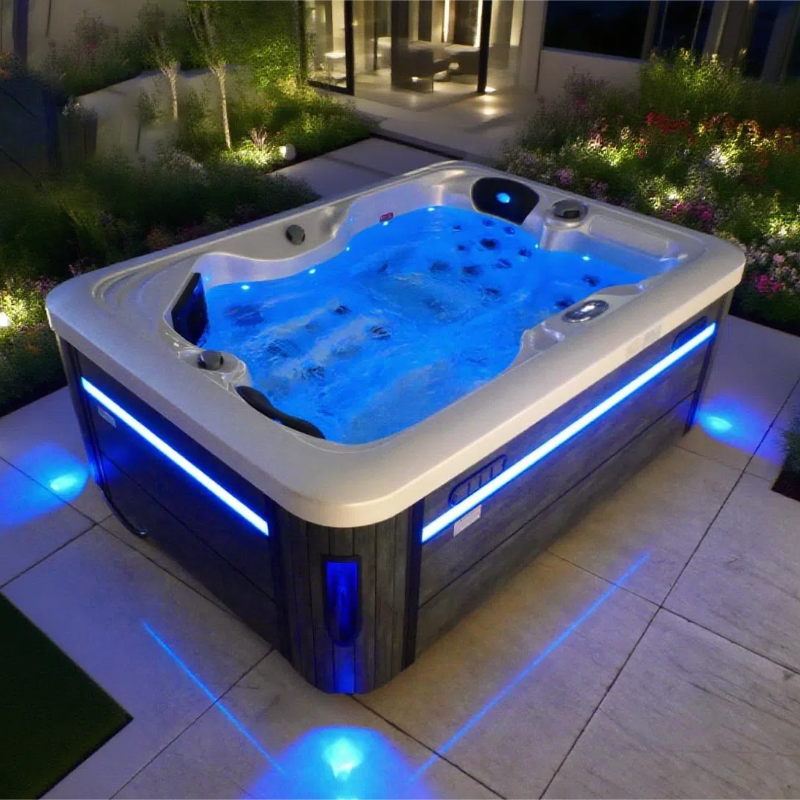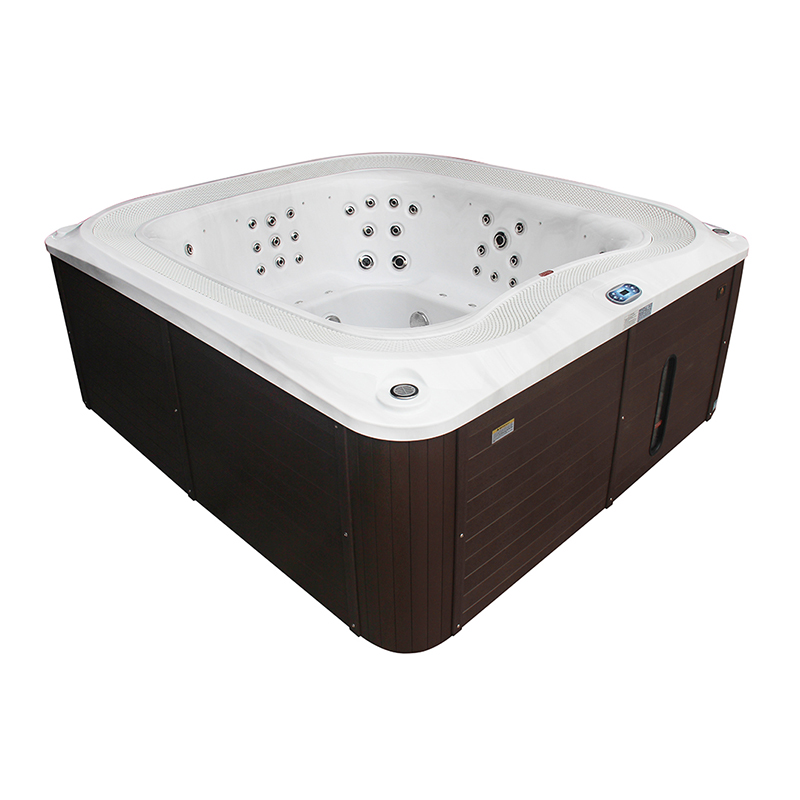Hot tubs are often seen as luxurious tools for relaxation and social enjoyment, but did you know that they offer substantial health benefits, particularly in reducing inflammation? Inflammation is a root cause of many painful conditions, and managing it effectively can improve the quality of life for millions of people. Historically, warm water therapy has been recognized for its healing properties, with people using it for centuries to soothe aching muscles and joints. Whether it’s arthritis, muscle strains, or stress-induced inflammation, a soak in the hot tub might just be the therapeutic solution you need. But how exactly does soaking in hot water help alleviate inflammation? In this article, we’ll explore the mechanisms by which hot tubs can help reduce swelling, ease discomfort, and improve joint mobility.
1. The Therapeutic Power of Heat
Heat therapy is one of the most well-established methods of reducing pain and inflammation. When you step into a hot tub, the warm water helps increase the temperature of your skin and tissues, which leads to vasodilation — the expansion of blood vessels. This expansion helps improve circulation, allowing the blood to flow more freely and deliver more oxygen to the muscles and joints. This enhanced blood flow accelerates the healing process and contributes to reducing the inflammation that can cause stiffness and pain.
In particular, warm water has a unique ability to penetrate deep into tissues and relieve stiffness in joints, especially in individuals with chronic conditions like arthritis. The soothing warmth works by loosening tight muscles, relaxing the soft tissues, and reducing swelling, which in turn improves joint flexibility and mobility. Whether you suffer from osteoarthritis, rheumatoid arthritis, or another form of inflammatory joint disease, hot tubs can offer temporary but significant relief from the pain caused by inflammation.
2. Improving Circulation to Reduce Inflammation
For individuals suffering from chronic inflammation, maintaining healthy circulation can be a challenge. Physical inactivity, which often results from pain or discomfort, can cause blood flow to slow down, worsening inflammation and delaying recovery. Inadequate circulation hampers the body’s natural healing abilities, as tissues receive less oxygen and nutrients necessary for repair.
Hot tubs are a fantastic alternative to exercise, especially when mobility is limited. The warm water creates a soothing environment that increases body temperature, which naturally stimulates the heart to pump blood more rapidly. This increase in circulation carries more oxygen and nutrients to the tissues, improving the body’s ability to repair damaged areas. By encouraging improved blood flow, hot tubs support the body’s healing processes and reduce the build-up of waste products that can contribute to pain and swelling. This is particularly beneficial for individuals who find it difficult to engage in regular physical activity due to pain, fatigue, or other limitations caused by inflammatory conditions.
3. The Healing Benefits of Massage Therapy
Massage therapy is another well-known remedy for managing pain and reducing inflammation. For centuries, massage has been used to relieve tension, improve flexibility, and alleviate discomfort in both muscles and joints. When combined with the therapeutic effects of warm water, massage becomes even more effective. Many modern hot tubs are equipped with powerful water jets designed to provide targeted massage to specific areas of the body. These jets can be adjusted to apply pressure to different muscle groups and joints, which helps release muscle tension, promote blood circulation, and reduce inflammation.
In fact, the massage-like action of water jets in a hot tub can mimic the effects of traditional manual massage, allowing users to focus on the areas where they experience the most discomfort. For individuals dealing with inflammatory diseases such as rheumatoid arthritis or fibromyalgia, the combination of heat and massage can help relax stiff muscles, ease joint pain, and improve overall range of motion. This makes hot tubs an excellent choice for those seeking natural and non-invasive ways to manage inflammation and associated symptoms.
4. Buoyancy: Relieving Pressure on Joints
Water has a unique property — buoyancy — that significantly reduces the effects of gravity on the body. When you immerse yourself in a hot tub, the water supports your body weight, taking pressure off the joints and alleviating strain on the muscles. This is especially important for individuals suffering from arthritis or other inflammatory joint conditions, as it can provide significant relief from the constant pressure that aggravates pain.
For example, when you soak in a hot tub, your body experiences a reduction in weight-bearing stress, allowing joints to move more freely without the added strain of gravity. This buoyancy effect helps reduce swelling in the joints by encouraging fluid movement and preventing fluid buildup in areas where it would typically collect, causing inflammation. With less pressure on the joints, individuals can experience improved mobility and reduced pain, making hot tubs an excellent therapeutic tool for those with chronic inflammatory conditions.
5. Encouraging Physical Activity with Water Support
Exercise is one of the most effective ways to reduce inflammation and improve joint health. However, for those dealing with arthritis or other painful conditions, engaging in traditional physical activity can be difficult or even impossible. Hot tubs, however, offer a unique solution: they allow for gentle exercise that’s supported by the water.
In a hot tub, the buoyancy of the water helps reduce the impact of movement on the joints, making it easier to perform light stretches and exercises. The warmth of the water also helps to relax muscles and increase their flexibility, which further enhances the benefits of physical activity. For individuals with limited mobility, performing simple exercises in the hot tub can be a safe and effective way to improve range of motion, strengthen muscles, and reduce inflammation.
Some hot tubs are even equipped with specific features designed for exercise, such as resistance jets and built-in seating that promotes gentle movement. By incorporating water-based exercises into a hot tub routine, individuals can enjoy the benefits of physical activity while minimizing the risk of injury or excessive strain on their joints.
6. Better Sleep and Inflammation Reduction
Sleep is crucial for the body’s healing and recovery processes, but for many people dealing with chronic inflammation, falling and staying asleep can be a struggle. Inadequate sleep can worsen the symptoms of inflammation, leading to increased pain, stiffness, and discomfort. One of the most overlooked benefits of hot tub therapy is its ability to improve sleep.
Soaking in a hot tub before bedtime helps relax the body and mind, making it easier to fall asleep faster and enjoy deeper, more restful sleep. The warm water helps soothe tired muscles and joints, while the act of soaking induces a calming effect that prepares the body for sleep. When you sleep better, your body has more time to heal and repair, reducing the levels of inflammation that may be causing pain. By improving sleep quality, hot tubs can help reduce the chronic stress that often exacerbates inflammatory conditions.
7. Other Health Benefits of Hot Tubs for Inflammation
Aside from the direct benefits of reducing inflammation, regular hot tub use can have several other positive effects on overall health. Here are some additional advantages of hot tub therapy:
- Stress Reduction: Chronic stress is a major contributor to inflammation in the body. Soaking in a hot tub can significantly reduce stress levels by promoting relaxation and inducing a sense of well-being.
- Pain Relief: The combination of heat, massage, and buoyancy in a hot tub can provide significant pain relief, particularly for conditions like arthritis, fibromyalgia, and muscle strains.
- Improved Skin Health: The warmth of the water opens up the pores, allowing toxins to be released through sweat. This can help improve skin tone and texture, as well as reduce the appearance of blemishes caused by inflammation.
8.Hot Tubs as a Natural Solution to Inflammation
Hot tubs offer a variety of therapeutic benefits that can help reduce inflammation and alleviate the pain associated with it. Through heat, improved circulation, massage, buoyancy, and physical activity, soaking in a hot tub provides a multi-faceted approach to managing inflammation. Whether you suffer from arthritis, muscle soreness, or stress-induced inflammation, spending time in a hot tub can offer significant relief, improve mobility, and enhance your overall well-being.
For those looking for a natural and non-invasive way to manage chronic inflammation, hot tubs are an excellent choice. By incorporating regular hot tub sessions into your wellness routine, you can experience the soothing and healing benefits of hydrotherapy, while also promoting relaxation, reducing pain, and improving sleep.
FAQs
Q1: How long should I soak in a hot tub to reduce inflammation?
To experience the benefits of inflammation reduction, aim to soak in the hot tub for 15-30 minutes. This duration is enough to allow your body to heat up, improve circulation, and promote muscle relaxation without overexerting your system.
Q2: Can I use a hot tub every day for inflammation relief?
Yes, daily use of a hot tub is generally safe for most people, provided that you stay hydrated and avoid overdoing it. However, always listen to your body and consult with a healthcare provider if you have any concerns, especially if you have specific medical conditions.
Q3: Are hot tubs safe for people with severe arthritis or joint conditions?
Hot tubs can be very beneficial for people with arthritis or joint conditions, as the warm water helps reduce pain and inflammation. However,it’s important to consult with a healthcare provider before using a hot tub, especially if you have severe symptoms or underlying health issues. They can guide you on the appropriate temperature and duration of use.

